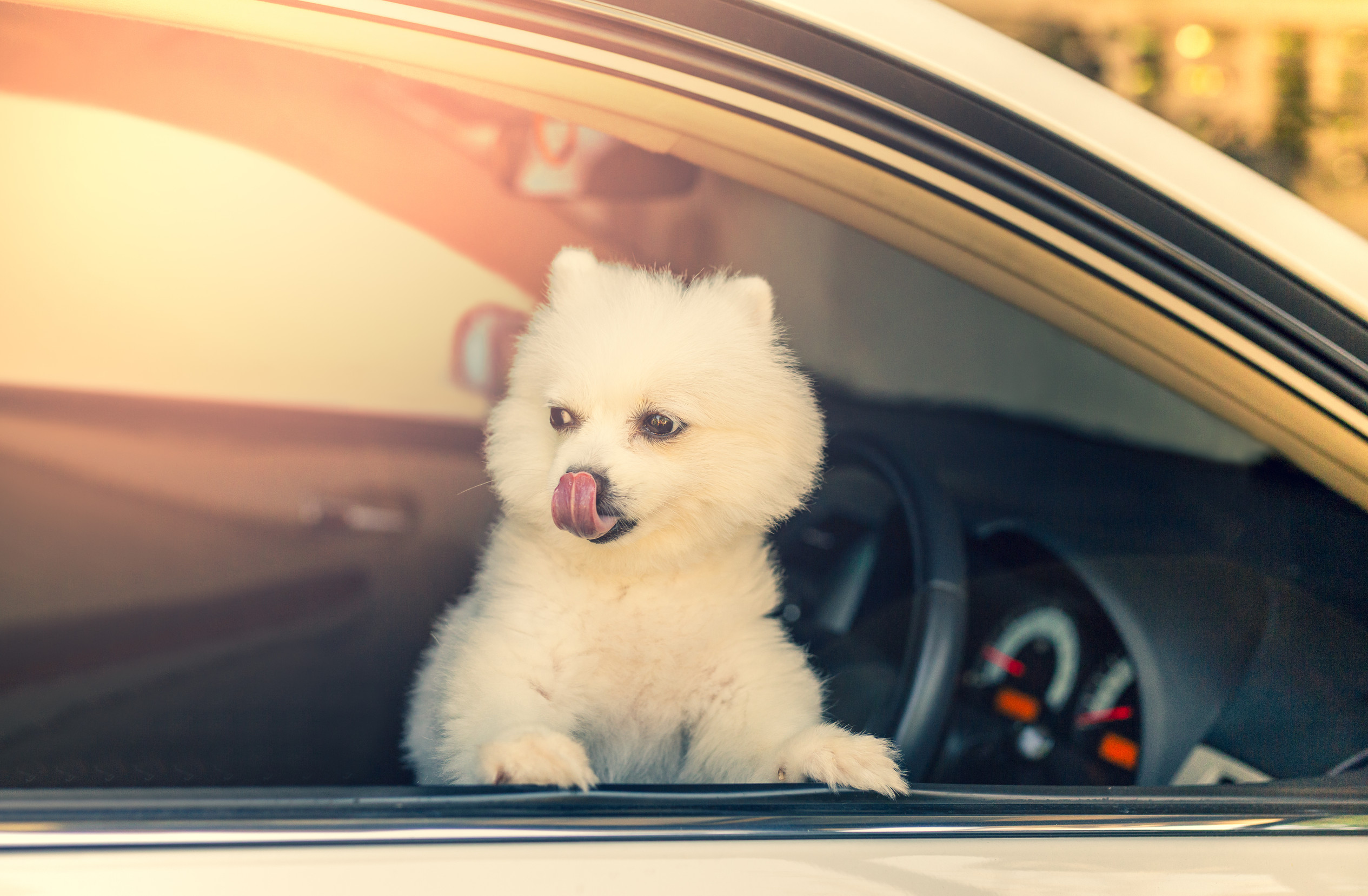Crate training can be important for puppies to create a controlled environment, avoid destructive behavior like chewing, and help older dogs reduce anxiety or simply provide a secure space where they can feel comfortable. The important thing to remember for successful crate training is to be patient and be positive. Each dog learns at their own pace and crate training can take some time so don’t rush it. In order to be successful the crate has to remain a positive space. Never use it for punishment. Here at Peak Legacy Ranch in Peyton, Colorado our goal is always to have happy, well adjusted dogs and that begins with some simple steps for successful crate training.
A Step by Step Guide to Crate Training
Step 1: Start by selecting the right crate. You want one that is big enough to allow your dog to stand up and turn around at its full adult size. Many crates are adjustable so you can begin with less space and expand as the dog grows.
Step 2: Make sure the crate is comfortable for your dog. Your dog won’t want to enter a crate that doesn’t feel comfortable so make sure it’s a pleasing space for them. That may mean including a blanket or towel for your dog to snuggle into as well as one or two safe toys for your dog to play with.
Step 3: Get your dog accustomed to entering and exiting the crate voluntarily. You can accomplish this by using treats and tossing one or two into the crate, putting them further toward the back each time. If your dog is comfortable with it, you could even feed them inside the crate. Leave the door open at first and then close it for a short period of time once the dog is fully inside the crate.
Step 4: Get your dog comfortable with the crate through positive association. It’s critical that your dog feels positively towards the crate so they will eventually want to spend time in it. You can do this by incorporating it into play time: try throwing a ball or their favorite toy into it for your dog to fetch or providing your dog with a puzzle toy or Kong while in the crate.
Step 5: Gradually extend the amount of time your dog is in the crate. This will help your dog to become used to being in the crate for longer periods of time but don’t rush this step! Take your time and carefully observe your dog’s behavior to gauge their level of comfort. Don’t leave them in the crate too long – usually 2 or 3 hours is the longest a dog should be confined to a crate.
With these simple steps, you should be able to get your dog used to spending time in the crate and even considering it a safe space they can retreat to when necessary. Here at Peak Legacy Ranch in Peyton, CO we strive to emphasize the health and happiness of our dogs, so we encourage you to take your time and keep things upbeat. You can make the process easier by placing the crate in an area of your house that is heavily used so your dog doesn’t feel isolated. Also, remember to keep your tone light and friendly during training to help make it a positive experience.
With the proper approach, you can get your dog used to using a crate and make life easier and more comfortable for both of you. That’s always our goal here at Peak Legacy Ranch and we hope you’ll find these tips helpful as you start your training journey!

